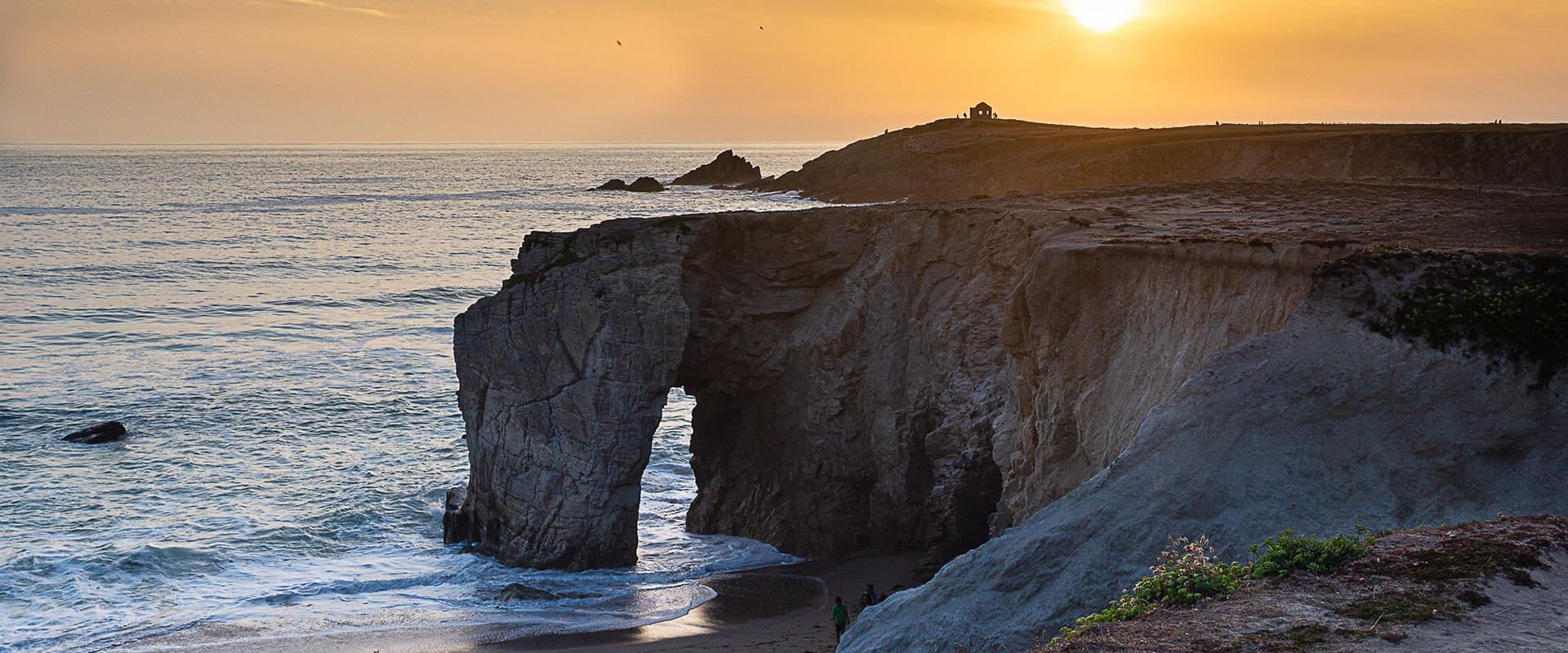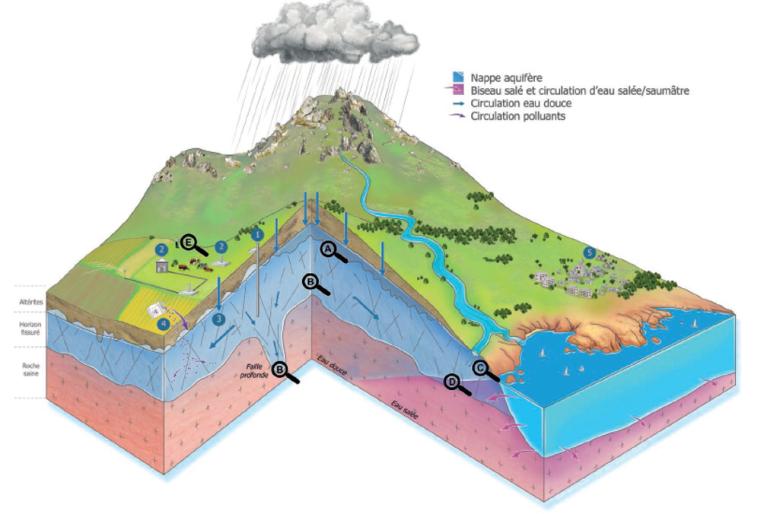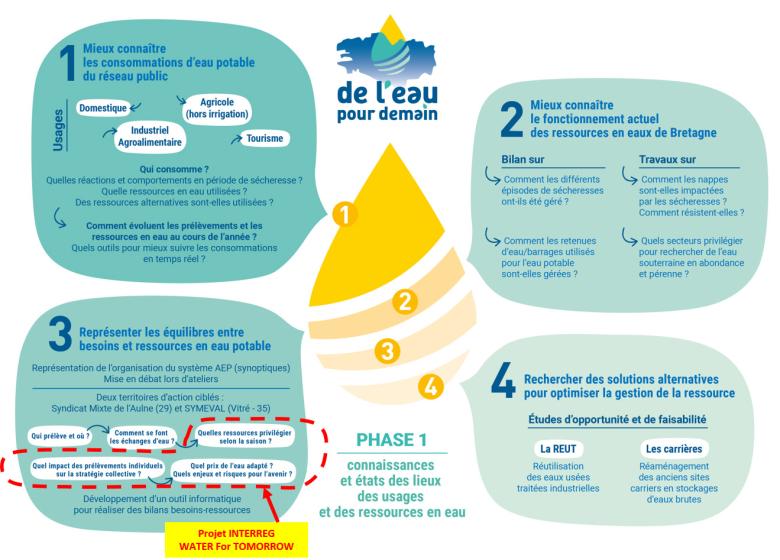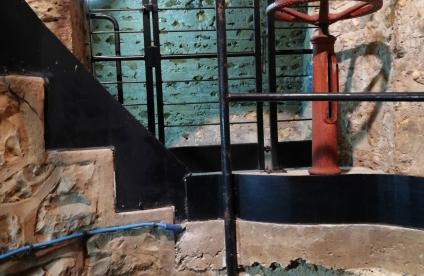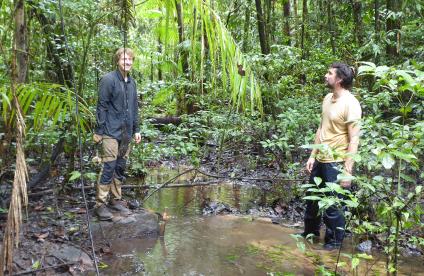Challenges and needs
The drought years of 2016 and 2017 were strongly felt in Brittany, causing drinking water supply difficulties in various places. The four Breton départements have been facing an unexpected increase in drinking water consumption over the last three years, of from 8% to 10% more than for the previous decade. Concomitantly, there has been a trend in recent years towards drier periods in autumn. More generally, climate change is likely to increase water scarcity, with both environmental and economic consequences.
It is in this context that the “Water for Tomorrow” project was launched in 2021. For the first time the three departmental drinking water utilities in Brittany, along with the Finistère Departmental Council and BRGM, have undertaken a joint technical project. The project aims to provide knowledge and understanding of the impact of climate change on water resources in Brittany. The project is being backed by the Loire-Bretagne Water Agency and Région Bretagne.
The issue of climate change poses three challenges for drinking water utilities:
- the risk of the emergence of a structural deficit of water resources, which could significantly slow down regional economic development;
- increasingly frequent droughts, which could cause significant economic damage in the medium and long term;
- maintaining hydrological conditions favourable to biodiversity in Brittany’s rivers: during the latest drought episodes, derogations were requested to the regulatory minimum flow rate of rivers in order to secure the supply of drinking water, which shows that there is a conflict of uses between the natural environment and human demand during crisis periods.
Webinar: Water for tomorrow
Expected results
The project will take place in two phases:
- The first phase of the project aims both to gain a better understanding of water uses and user behaviour and to characterise the current vulnerability and resilience of the water resources on which these uses depend. It should allow an exhaustive assessment of the available data on consumption (needs), the consumption mechanisms at work during drought episodes and the available resources.
- A second phase of the project focuses on strategies for adapting the quantitative management of resources and drinking water supply infrastructures. In particular, it aims to develop new tools for real-time management of crisis situations (drought), to study alternative solutions in terms of resources and savings and, more broadly, to develop new strategies for managing resources and uses, particularly in the light of climate change, while ensuring that the good status of aquatic systems and the related biodiversity is not significantly affected.
BRGM's role
A hydrogeological study, carried out by BRGM, will aim to determine the aquifers that are most resilient to droughts and to identify the sectors to be prioritised for new groundwater research. Alternative solutions are also being explored, notably in Finistère, with a feasibility study of an industrial reclaimed-water process (Reuse) and the possibility of exploiting water from gravel pits.
This project is carried out in synergy with the INTERREG project De l’Eau pour Demain - Water For Tomorrow, in which BRGM is a partner, involving a hydro-economic model implemented in the region of the Syndicat Mixte de l'Aulne and which will make it possible to determine which resource to mobilise according to the seasons, as well as the impact of individual abstractions on the collective strategy or even the challenges and risks for the future.
Partners
- 5 technical and financial partners: SDAEP des Côtes d'Armor, SMG 35, Eau du Morbihan, Conseil Départemental du Finistère and BRGM
- 2 financial partners: Région Bretagne, Agence de l’Eau Loire-Bretagne

